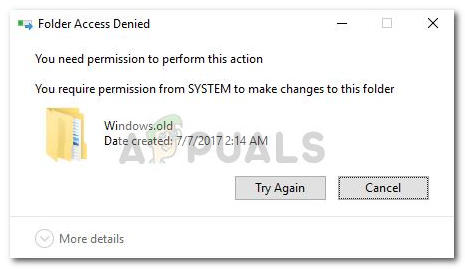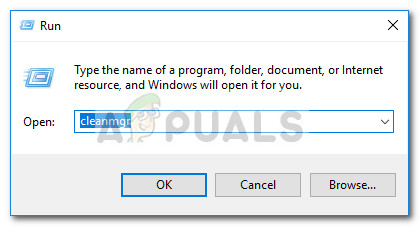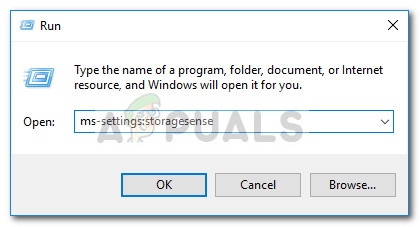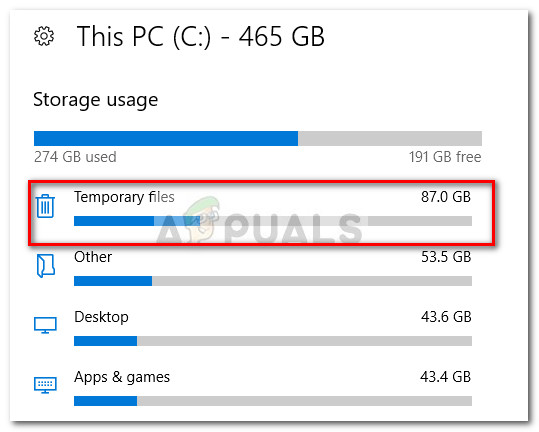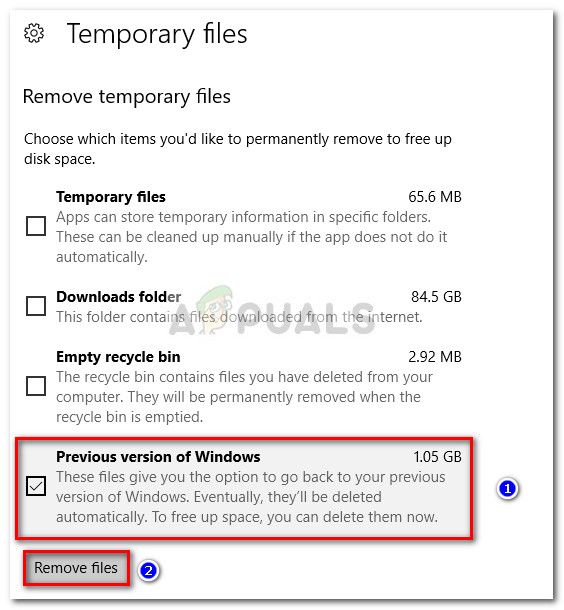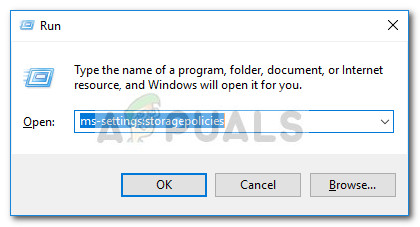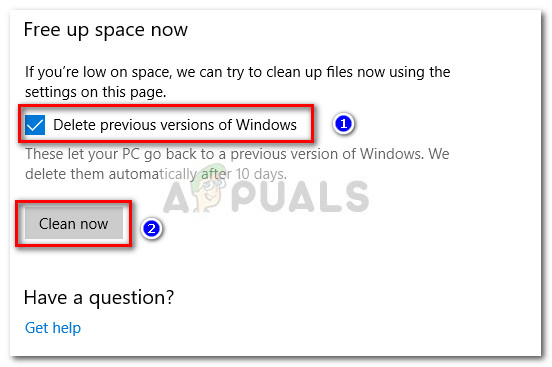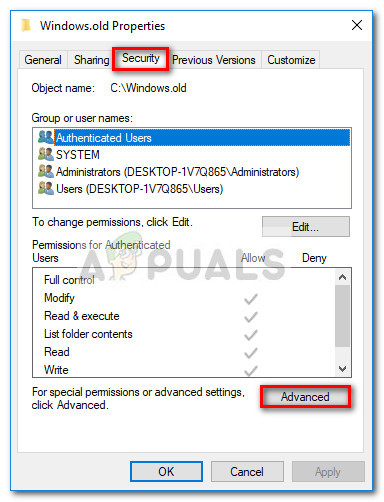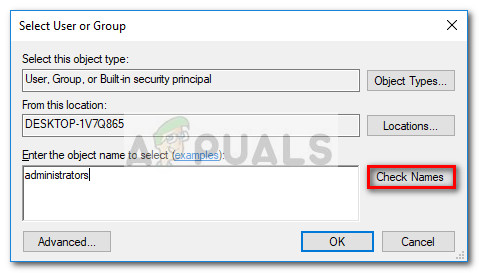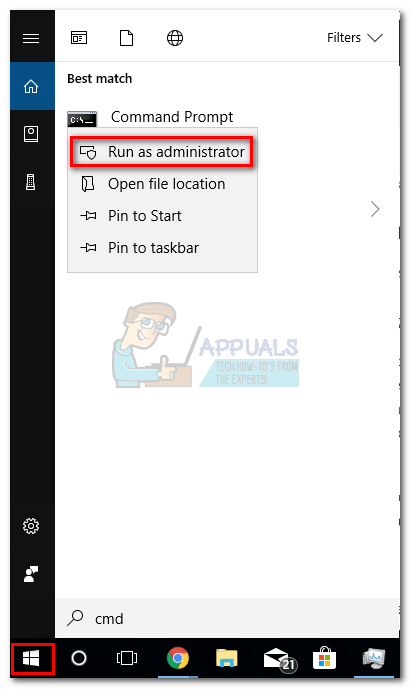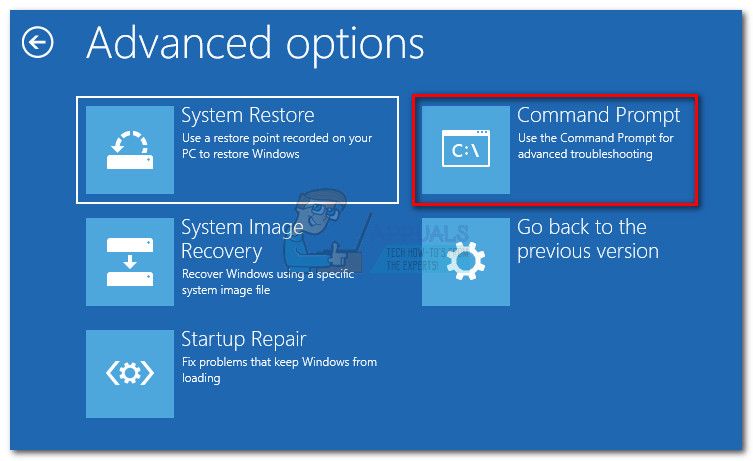Note: When users try to delete the Windows.old folder in the first month after the upgrade, they are greeted by a Folder Access Denied error signaling that they don’t have the necessary permissions to delete the folder. Depending on the previous versions and your computer specs, the Windows.old folder can end up hogging a lot of precious space. This is precisely why most users are looking for ways to delete it. Keep in mind that this is by no means a bug or a sign of a malfunctioning Windows. In fact, it’s standard Windows behavior to create the windows.old folder and prevent it from being deleted to serve as a backup plan in case the user wants or needs to go back to the previous version.
What is the windows.old folder?
During an upgrade, the old files from your previous OS won’t get automatically deleted. There are a lot of things that can go wrong during the upgrade process and users are not always happy with the changes implemented with the new OS version. This is where the Windows.old folder comes in – it serves as a backup plan in case, for some reason or another, the old operating system files need to be restored. The windows.old folder holds a collection critical OS files that are needed if the old Windows version will need to be restored. With this in mind, if you aren’t pressed for space, there are very few reasons why you should start looking for ways to get rid of the windows.old folder. Keep in mind that Windows 10 is programmed to automatically delete the Windows 10 folder exactly one month after you performed the update.
Deleting the windows.old folder manually
If you’re heavily pressed by space and you can’t afford to wait one month until Windows 10 will automatically delete the Windows.old folder, you can also delete it yourself manually. Note: If you’re still thinking about downgrading Windows 10 to the previous version, do not delete the Windows.old folder as you’ll lose the ability to downgrade. Below you have a collection of methods that have helped other users in a similar situation to delete the Windows.old folder. Please follow whichever method seems more approachable based on your particular scenario and tech skills. Note: Keep in mind that while the first three methods are extremely intuitive, most of them won’t be effective in case a badly written driver is preventing the deletion. If you consider yourself a tech-savvy person, follow one of the last three methods for the best results.
Method 1: Deleting the windows.old folder via Disk Cleanup
This first method is definitely the most user-friendly one out of the bunch since it’s all done through the Disk Cleanup interface. However, some users report that this method wasn’t applicable in their situation or that the Disk Cleanup utility didn’t manage to delete all the files inside the Windows.old folder. Most reports are signaling that the utility might leave some leftover files inside the Windows.old (under 1 GB). Luckily, those can be deleted the old-fashioned way. Here’s a quick guide to using Disk Cleanup to delete the Windows.old folder: In case this method was not applicable, move over to Method 2.
Method 2: Deleting Windows.old from Storage settings
Another way to delete the Windows.old folder without getting too technical is by using the Storage Settings. This method makes use of the new and improved Windows 10 Settings wizard. Here’s a quick guide to deleting the Windows.old folder from the Storage settings:
Method 3: Deleting the Windows.ord folder via Storage Sense
This is the final method that will allow you to remove the WIndows.old folder without getting technical. But keep in mind that the Storage Sense settings will only become visible if you have Windows 10 build 16226 or older. Here’s a quick guide to using the Storage Sense settings to remove the Windows.old folder from your system: If you’re still seeing the Windows.old folders and still can’t remove it by deleting it conventionally, move down to more advanced ways of deleting it.
Method 4: Deleting Windows.old folder after claiming ownership
Most users that have been struggling with this issue for a while have finally managed to remove the Windows.old folder after claiming ownership of it. Here’s a quick guide on how to claim ownership of the Windows.old folder in order to be able to delete it: If you’re still prevented from deleting the folder, move down to next method.
Method 5: Deleting Windows.old in an Elevated Command Prompt
This method involves using an elevated command prompt in order to delete the windows.old folder with administrative privileges. Although it requires a certain degree of technical knowledge, the steps below can be followed quite easily and a result is extremely probable. Here’s a quick guide to opening an elevated command prompt and using it to delete windows.old: If the method wasn’t successful in removing the Windows.old folder or if you got an error after inserting the last command, move over to the Method below.
Method 6: Deleting Windows.old Folder from Advanced Options
If an elevated command prompt wasn’t enough to acquire the necessary permissions to delete the Windows.old folder, using a Command Prompt at boot might just do the trick. In order to follow the steps below, follow this guide (here) to access the Advanced Options of Windows 10, then click on Command Prompt. Once you’ve successfully entered Command Prompt during boot, follow the steps below to delete the Windows.old folder: If this method wasn’t effective, most likely the deletion is prevented by a badly written driver. In such a case, the user has little choice but to wait for the one month period to pass when Windows will automatically remove the Windows.old folder.
What is the ‘$Windows.~BT’ Folder and Should you Delete it?Fix: Can’t Delete folder on Windows 10Relocated Items Folder on macOS Catalina: What is it? and How to delete it?Can’t Delete the MountUUP Folder? Here’s How to Fix It
